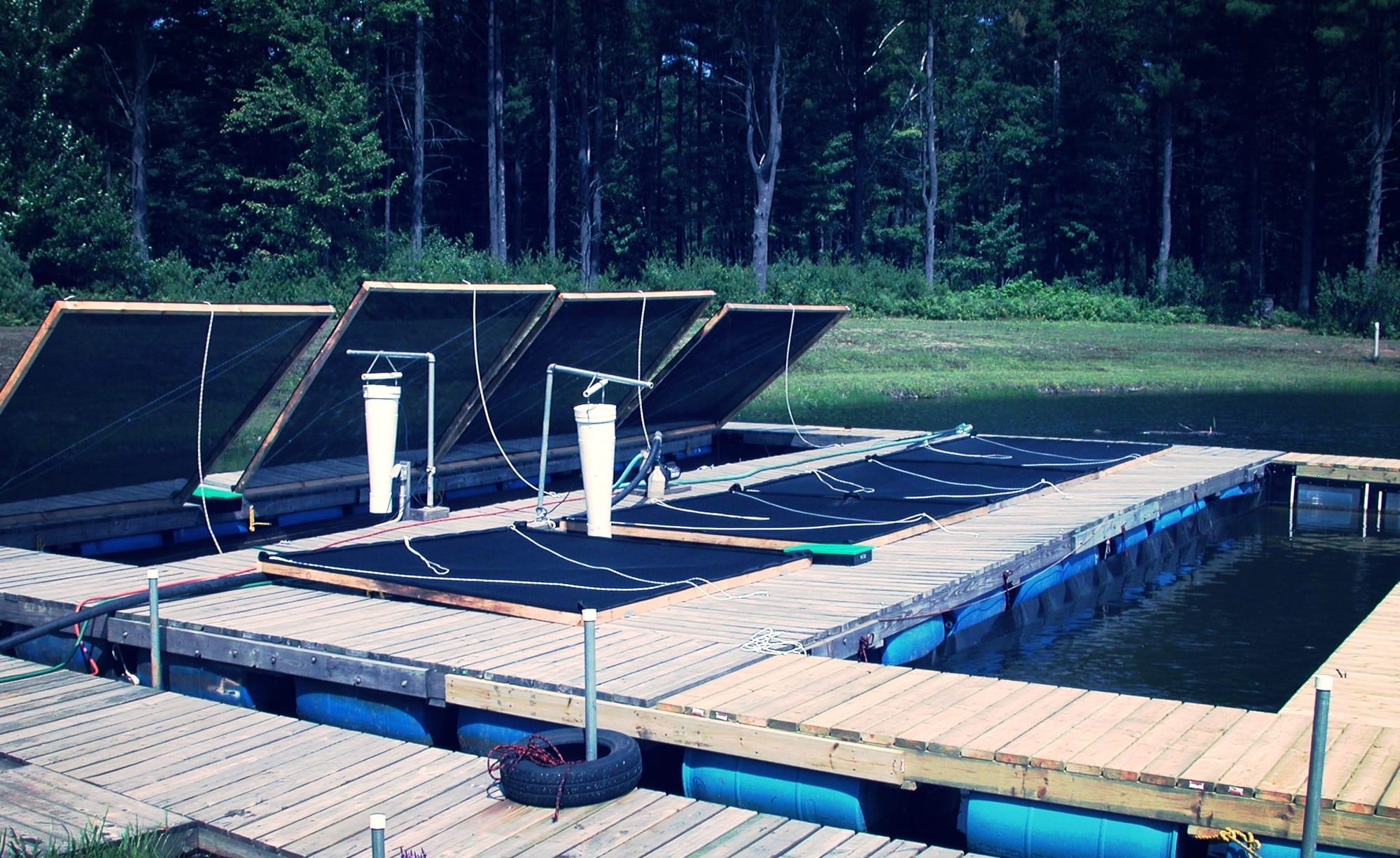No. 5: Raceways

If you have ever eaten farmed trout or farmed tilapia from the US, chances are it was raised in a raceway system. Like RAS farms, this production method can take place on land and can re-use water filtered through the system. Stemming from the practice of farming fish in ponds, raceway systems have evolved to be more efficient taking up less area on land while producing a larger quantity of fish. Management of raceway systems has also improved since the early days of pond utilization, as treating fish for disease, feeding them, and overall monitoring have become easier. Recently, new innovations and technology have allowed for the creation of “floating raceways” demonstrated by Superior Raceways. This allows an already sustainable practice to become even more environmentally friendly by allowing for fish to be farmed in conjunction with shellfish and aquatic vegetation. This new type of system is able to capture effluent and excess feed, reducing the impact on surround aquatic habitats. In Asia, these floating raceways have successfully grown grouper, barramundi, tilapia, and cobia. Researchers from Vietnam and Australia have developed a “Smart Mariculture Technology” project through the Collaborative Agriculture Research & Development Program of Vietnam designing a continuous water circulation system with limited electricity cost."
A top example comes out of North Carolina from Sunburst Trout. They grow their fish outside in a raceway with water from Shining Rock Wilderness in the Pisgah National Forest. Water flowing through the system mimics natural current flow and comes in from Lake Logan. This responsible farm also grows less trout per raceway than the industry average, giving the fish ample room without over crowding.